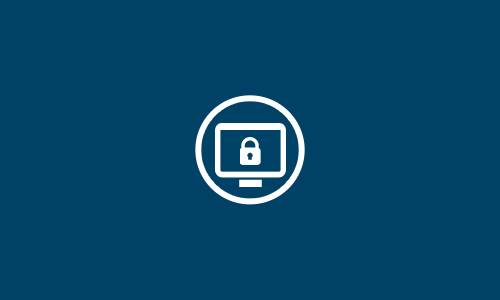Mission Statement
The goal of the data protection policy is to summarize eRank’s policy towards data protection. This protection plan can also serve as the basis for a public or private audit. Finally, this policy is designed to initiate compliance with the GDPR and serve as proof thereof.
Purpose Clause
eRank is committed to providing you with the best possible customer service experience while safeguarding your privacy as well as your personal information. We are committed to keeping your data secure and your personal information confidential.
Responsibilities of eRank
eRank will assume all of the following responsibilities in protecting consumer data:
a. One of our highest priorities is safeguarding and securing our User’s data.
b. We will safeguard and protect all personal information received by us.
c. We will store that information in a safe, digital location and use standard encryption, data management and data access procedures which are standard for commercial transactions.
d. Anthony Wolf is hereby appointed Data Security Officer of eRank and will serve in that capacity to coordinate and oversee all necessary data protection protocols. This shall include the management, processing and handling of all data on behalf eRank as well as its affiliates, contractors, contracted employees, and assigns.
e. We, at eRank have an ongoing commitment to stay updated on security threats and developments in the online shopping arena and to implement regular security updates to keep our customers safe.
f. eRank will implement regular internal and external audits of our privacy information. Said audits will include a review for confidentiality, integrity of information both processed and received, as well as availability and accessibility of personal data. Our Data Security Officer shall authorize, oversee and document these audits on a regular basis.
Technical Measures
eRank will take all necessary and required organizational steps to insure the foregoing measures are implemented:
a. Promulgate guidelines for users to access data.
b. Implement data access control protocols.
c. Implement a system for accessing and controlling data.
d. Implement a data backup system.
e. Implement an information transfer control protocol.
f. Ensure communication security.
g. Implement industry standard cryptographic measures.



